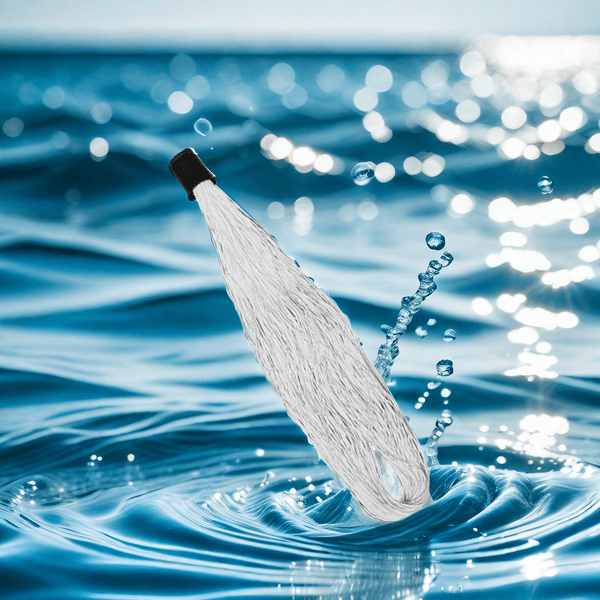Common electroplating wastewater treatment methods in the industry
The electroplating industry is an indispensable part of modern industrial production, but the wastewater generated during the electroplating process contains a large amount of heavy metal ions and harmful chemicals, posing a serious threat to the environment and human health. Therefore, the treatment of electroplating wastewater has become a focus of industry attention. Below are several commonly used electroplating wastewater treatment methods in various industries.
1、 Chemical precipitation method
Chemical precipitation method is one of the commonly used methods for treating electroplating wastewater. By adding chemical agents to wastewater, heavy metal ions react with the agents to generate insoluble precipitates, thereby achieving the removal of heavy metals. This method is easy to operate and has a stable treatment effect, but it requires a large amount of chemical agents and may cause secondary pollution.
2、 Ion exchange method
Ion exchange method is the process of adsorbing and exchanging heavy metal ions in wastewater through ion exchange resins, in order to remove heavy metals from wastewater. This method has the advantages of high efficiency and environmental protection, but ion exchange resins require regular regeneration and the treatment cost is relatively high.
3、 Electrolysis method
The electrolysis method utilizes the principle of electrolysis to purify wastewater by precipitating heavy metal ions on the electrode through the action of electric current. This method has a stable processing effect, but it requires a large amount of electricity consumption and requires a large investment in equipment.

4、 Membrane separation technology
Membrane separation technology is the use of specific membrane materials to filter and separate wastewater, thereby removing heavy metals and other harmful substances from the wastewater. This method has advantages such as high efficiency, energy conservation, and environmental protection, but the membrane material is prone to contamination and blockage, requiring regular cleaning and replacement.
5、 Biological treatment technology
Biological treatment technology utilizes the degradation and transformation of microorganisms to treat harmful substances in electroplating wastewater. This method has the advantages of environmental protection and sustainability, but requires a longer processing time and suitable environmental conditions.
In summary, there are various methods for treating electroplating wastewater, each with its own advantages and disadvantages. In practical applications, appropriate treatment methods should be selected based on factors such as the composition of wastewater, treatment requirements, and economic benefits. At the same time, with the continuous progress of technology, electroplating wastewater treatment technology is also constantly innovating and developing, providing strong support for achieving green and sustainable development of the electroplating industry.
In order to improve the efficiency and quality of electroplating wastewater treatment, it is recommended that enterprises strengthen the construction and operation management of wastewater treatment facilities, regularly maintain and upkeep treatment equipment, and ensure that the wastewater treatment effect meets national discharge standards. At the same time, strengthen the research and innovation of wastewater treatment technology, and promote the development of the electroplating industry towards a more environmentally friendly and efficient direction.
